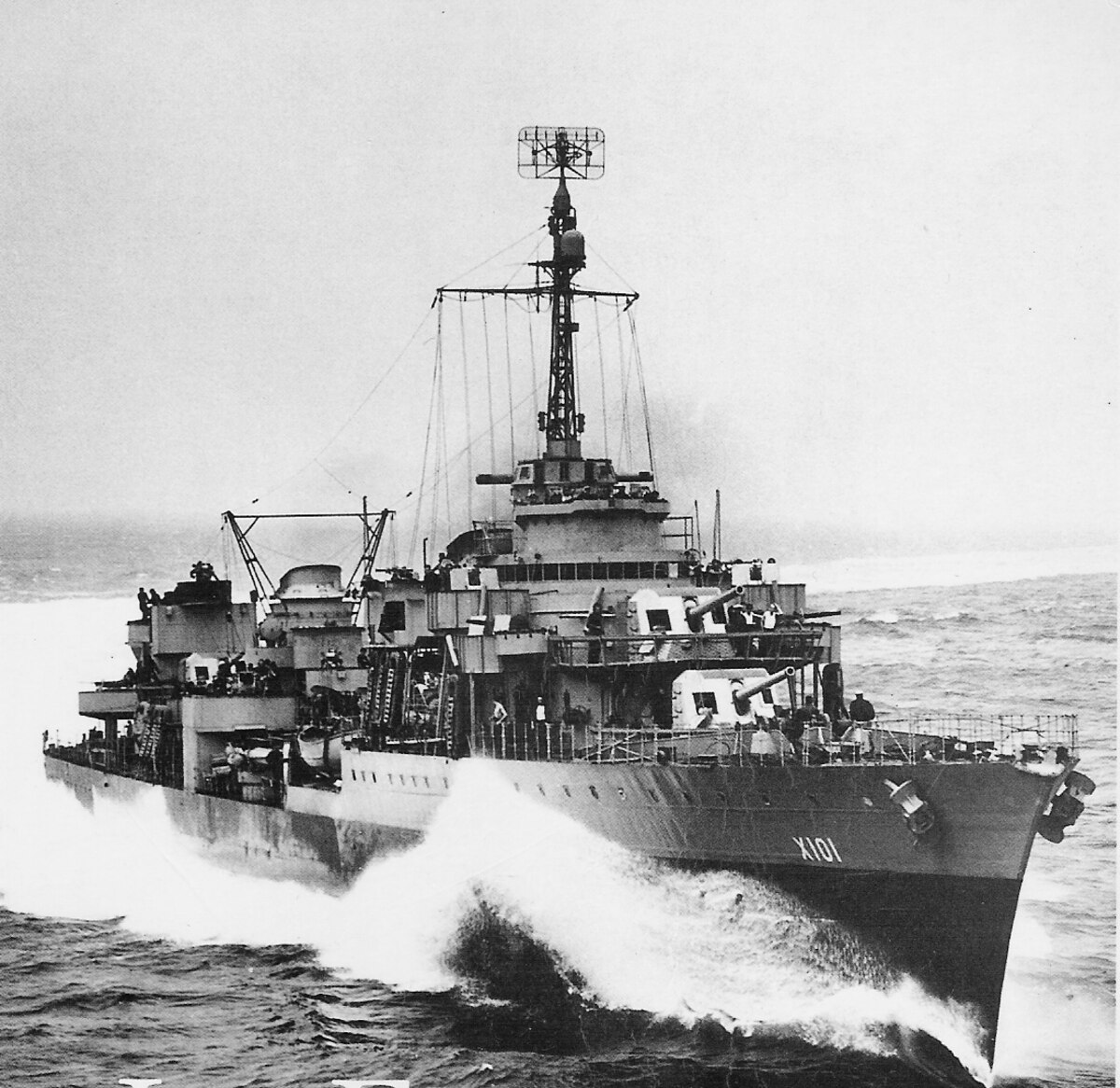The POD is June 6, 1940.
Reynaud was not a defeatist, OTL he fought to the very end, June 16, before throwing the towel - and unfortunately, Pétain picked up the slack and the shame of Vichy happened. Like it or not, Roosevelt was kind of right when he was noting that, as far as international laws went, Vichy was legally stronger than Free France.
Pétain and Laval, those SOBs, had taken special care and great pains to snatch the "legacy" of the defunct 3rd Republic (1870-1940) , with a parliamentary vote in July 1940 (it was a joke, but it was unfortunately enough). Something De Gaulle, a nobody in London, could not do.
In passing, De Gaulle himself in 1944 had to pass special laws to essentially declare Vichy "nul and void".
De très nombreux exemples de phrases traduites contenant "nul and void" – Dictionnaire français-anglais et moteur de recherche de traductions françaises.

www.linguee.fr
It was one of the poisoned legacies of the June 22 armistice and what followed: Vichy carried more representative weight that Free France, to De Gaulle great dismay. Roosevelt (among many others) fell into that deadly trap.
The FTL proposes to reverse the respective weights of OTL defeatists (Laval & Pétain, that led to Vichy) and Free France (De Gaulle). This, with a POD before Reynaud throws the towel on June 16. But for Reynaud not to open that door for Pétain, something has to be done to Reynaud himself, because if he goes away, Pétain picks up.
Bottom line: De Gaulle influence over Reynaud was blocked by two key people.
- First, his top advisor (and defeatist) Paul de Villelume.
https://fr-m-wikipedia-org.translate.goog/wiki/Paul_de_Villelume?_x_tr_sl=fr&_x_tr_tl=en&_x_tr_hl=fr
- Second, his mistress:
Hélène de Portes. Sorry to be crude, but she quite literally hold Reynaud by the testicles - and France along it. Without any sexism, she was a bit of shrew, and not very smart, and defeatist and armistice-groupie. So she was essentially used by De Villelume, Weygand, Pétain and the coming Vichy / armistice faction to influence Reynaud... to their cause. And since May 16, Reynaud moral slowly but surely hit rock bottom...
OTL poor De Portes died in a car wreck late June 1940 as she and Reynaud, no longer PM, were fleeing toward the Mediterrenean coast, after the armistice. The driver was Reynaud, and he survived.
So, in a rather pragmatic (if not cynical) way, the POD is: Hélène de Portes gets her lethal car wreck three weeks earlier, early June 1940; and without Reynaud at the wheel.
And so it starts.
https://www.alternatehistory.com/fo...-france-fights-on-english-translation.524901/
June 6, 1940 in the afternoon: De Gaulle, fresh of his mixed success at Abbeville late May, has just entered politics in a new Reynaud government.
Reynaud is there, at the Elysée palace, and so are De Portes and De Villelume. The latter proposes to drive De Portes back after the ceremony.
And the car crashes, killing Reynaud mistress and (obviously) ruining De Villelume influence over Reynaud. "You killed the wife of my life, you idiot. go away, I never want to see you again."
Fun facts: the authors once told me they wanted to crash the car under the Alma tunnel, like... you know, "a candle in the wind, 1997 blah blah" - but felt it was a bit over the top.
And voilà, killing two birds with one stone: goodbye, pair of defeatists. Reynaud is first distraught, then a free man. The effects are felt one week later near Tours: the defeatist faction led by Pétain tries to pull out their OTL armistice / Vichy thing, but are beaten back. In passing, Pétain (aged 84) blows an aneurysm and will not die in 1952 but some years earlier than OTL... in September 1940.
Still, Pierre Laval being Laval, some kind of cut-down Vichy will still happen, called NEF: Nouvel Etat Français (no need for translation).
But France will not capitulate on June 22 and on the Loire river; rather, on August 8 and on the Mediterranean coast, near the Spanish border.
Seven weeks later: it has been meticulously wargamed back then. And well, right from June 15, 1940, the motto is"everything but the kitchen sink, to Algiers and north africa."
The fraction of the army that is obsolete will be used to slow down the german onslaught. Everything else, of any value will be carried to North Africa by boat or by plane. The government, the gold, the bank, the money, the parliament, the industry, the armies, the SNCF, Air France... whatever it takes to carry on the fight until 1944-45.
One (merciful !) early OTL casualty is the Mers-el-kebir bloodbath. There is no point in gunning down the french fleet when the said fleet keep on fighting the (unfortunate) italians in the Med and elsewhere.

